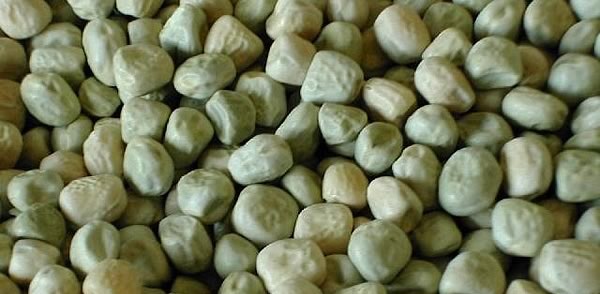
The UK pulse sector has the potential to double in size and value in the next five years, according to a report commissioned by the John Innes Centre and published today.
The report ‘Revealing the opportunities for growing peas and beans in the UK’ by the Andersons Centre highlights growing global markets for peas and beans. For example, UK exports of marrowfat peas to Japan have increased by 250% in the last 5 years and the UK is one of the top three bean exporters globally.
With gross margins higher for peas and beans than for other crops, growers have an opportunity to increase profits and manage farm resources in a more sustainable way. The nitrogen fixing benefits of growing legumes are estimated to save at least 50kg of nitrogen fertiliser per hectare – reducing costs of growing the following crop and contributing to increased yields.
The inclusion of a pulse crop in the rotation provides the only opportunity to fulfil the Ecological Focus Area (Greening) requirements of the revised Common Agricultural Policy whilst also gaining a profit on the area by maintaining land in production.
Despite all the benefits posed by growing pulses, the sector is in decline with the overall growing area for combinable pulses in the UK being approximately half the size it was in 2001.
The report calls for better quality market data and advice on cultivating pulse crops to be made available to growers and continued support for research into developing disease-resistant and high quality varieties.
Pulses are good for weight loss as they are low in fat and digest very slowly – making you feel fuller for longer. There is also ample evidence that consumption of pulses can help prevent diabetes and cardiovascular disease. The report states much more needs to be done to market the benefits of pulses to consumers.
Dr Claire Domoney of the John Innes Centre, which commissioned the report, and leader of the DEFRA-funded Pulse Crop Genetic Improvement Network, said:
“For the first time, this report provides a comprehensive analysis of available market and scientific data relevant to the national and international pulse sector. It gives growers, scientists and policy-makers a strong foundation on which to build growth in the sector – making sure consumers benefit from the huge health benefits pulses offer and growers benefit from increased yields and profit margins. The report also provides a strong measure of the potential impact of scientific research on pulse crops.”
